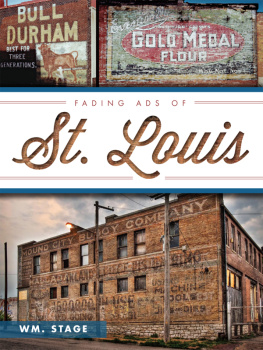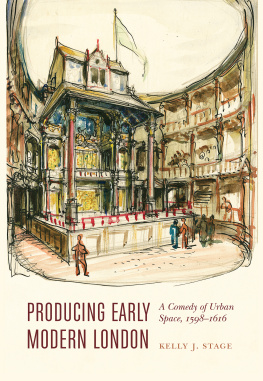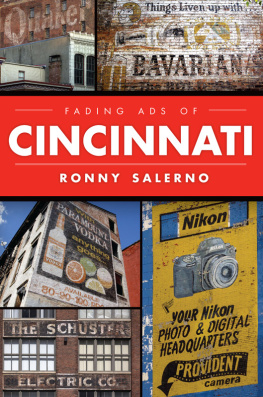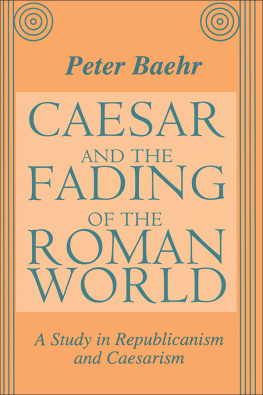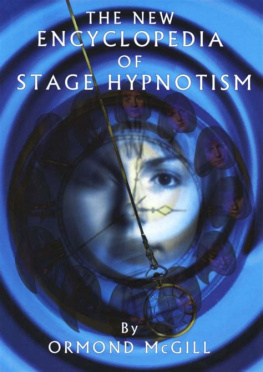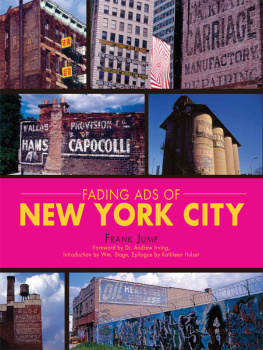

Published by The History Press
Charleston, SC 29403
www.historypress.net
Copyright 2013 by Wm. Stage
All rights reserved
All images are by the author unless otherwise noted.
First published 2013
e-book edition 2013
ISBN 978.1.62584.711.9
Library of Congress Cataloging-in-Publication Data
Stage, Wm. (William), 1951
Fading ads of St. Louis / Wm. Stage.
pages cm
Includes bibliographical references.
print edition ISBN 978-1-60949-489-6 (paperback)
1. Signs and signboards--Missouri--Saint Louis--History--Pictorial works. 2. Brick wall signs--Missouri--Saint Louis--History--Pictorial works. 3. Advertising, Outdoor--Missouri--Saint Louis--History--Pictorial works. 4. Street art--Missouri--Saint Louis--History--Pictorial works. 5. Saint Louis (Mo.)--History--Pictorial works. 6. Saint Louis (Mo.)--Commerce--History--Pictorial works. 7. Saint Louis (Mo.)--Buildings, structures, etc.--Pictorial works. I. Title. II. Title: Fading ads of Saint Louis.
HF5841.S738 2013
659.1342--dc23
2013035212
Notice: The information in this book is true and complete to the best of our knowledge. It is offered without guarantee on the part of the author or The History Press. The author and The History Press disclaim all liability in connection with the use of this book.
All rights reserved. No part of this book may be reproduced or transmitted in any form whatsoever without prior written permission from the publisher except in the case of brief quotations embodied in critical articles and reviews.
Contents
Foreword
How many times during, say, a televised baseball game I have heartily wished those intrusive and endlessly repeated ads would permanently fade from my TV screen! Familiar with some of Wm. Stages previous workspecifically Ghost Signs, his postcards and the postcard book by Wm. and his daughterand now privileged to introduce Fading Ads of St. Louis, I wonder if I may be a little too precipitous in dismissing those flickering images that interrupt my baseball pleasures. Indeed, some of the bygone commercials of television, and even more so the ones formerly on radio, are occasional subjects for a spate of nostalgia in some circles.
None of those can hold the wistful charm and poignancy that Wm. Stages current explorations reveal. The ghosts, the shadows, the fading images that Stage contemplates and shares are not mere nostalgic objects but rather evocations of the past. He brings to our attention the generally obsolete messages that nonetheless tell us something about those who have gone before us.
As I looked through some of Stages images, I was oddly reminded of a wall in central Montana where a friend of mine, a paleontologist, guided me to an ancient site. Thousands of years ago, native peoples came to this place, a land of undulating hills covered in rich grass and high-walled limestone canyons created by creeks passages over a million years or more. They came for the hunt, for reunion with kin and for spiritual ceremonies, and they left behind hundreds of drawings in the rock that must have meant something very special. My friend explained that these simple figures and symbols called forth the power and the spirit of the place. As I stood among the rock walls and gazed at an extraordinarily clear handprint painted just above my head, I could almost hear the sacred reverberations of the drums and ancient chants. I could picture the camps the people set up over the canyon floor and smell the smoke of the ceremonial fires rising toward the cliff.
I was looking at a memory. Indeed, landscapes embody memory. Ancient art on rock walls and fading advertisements on the brick walls of our city are inducements to memory, a call to remember and tell again what our ancestors have left behind. As I look at some of the images that Wm. has collected, I can feelnot necessarily any sacred spiritbut surely some sort of residual power that those advertisers must have painted into the bricks. Seeing a sign for a buggy company or a shop that sells corsets surely takes us back to another time in this very place.
Something there is that doesnt love a wall, wrote the poet Robert Frost. Anyone who travels here with Wm. Stage will not be among those who agree with that sentiment. Rather, they will appreciate and applaud the creative care, research and resourcefulness with which Mr. Stage presents whats on these walls.
Robert R. Archibald, PhD
President, the Missouri History Museum
Prologue
Some call them ghost signs, apparitions visible under certain light conditions when their painted letters rise from the wall to herald a forgotten flour or smoking tobacco. In this muted light, colors become tinted again and sometimes portions of different signs will appear, their letters jumbled and overlappeda cup of alphabet soup. Yet with patient gaze, one may see the letters re-form to a recognized order, as a Mayan codex deciphered in sudden discovery and delight.
These are the wall signs of a lost civilizationAmericas early supergraphics. At first glance, they seem insignificant, speaking of some bygone brand of shoes or motor cars. In their boldness and simplicity, these signs speak of another time, the infancy of American advertising.
Time was when these signs were as common as hitching posts. For more than a century the signs were there for all to see. Boldly lettered, they were commissioned on busy street corners, open lotsindeed, almost any space with high visibility. Most were intended only as short-term broadcasts, advertising current prices when wages were a dollar a day. Those products are no longer on the shelves, their prices a source of nostalgic longing. But here in the second decade of the twenty-first century, some wall ads still survive thanks to the durability of lead-based paint.
Wm. Stage has become an archaeologist for these signs and, through his camera lens, has resurrected an important strata of American commercial history. His lost civilization is largely the thriving metropolises and rural towns of the Midwest. It is here, in the old downtown districts or near the edge of railroad crossings and beside the factory yards, that he has recaptured a forgotten commercial spirit. What Stage has done is open the window to an age that is still with us. Students of early American commerce are invited to look in, to look back, to see what was and to recognize what is. In its own quiet way, this work preserves a lesson fading with every passing day.
Arthur Krim received his PhD from Clark University and currently teaches in the Historic Preservation Program at the Boston Architectural College. He is a founding member of the Society for Commercial Archeology and was instrumental in the restoration of the Citgo sign in Boston.
Ghost Signs
THEIR PLACE IN HISTORY, ON HIGH STREETS AND IN OUR HEARTS
For your throats sake, smoke, said the sign, and I wondered if that was entirely sensible advice
Fount pens repaired, said the sign, which got me thinking about who gets their pen repaired these days.
Take courage, said the sign, and I thanked it for that encouragement.
These slogans, hand painted but now fading on walls, were speaking to me across my hometown of London, UK, back in 2006. There was something persuasive about them, beyond their sales pitch, that provoked me to find out more about their history, production and eventual demise. I started to scour the streets looking for new specimens and encouraging friends and family to look for them too. From this point, there was no turning back, and my interest soon became an obsession.
Next page
